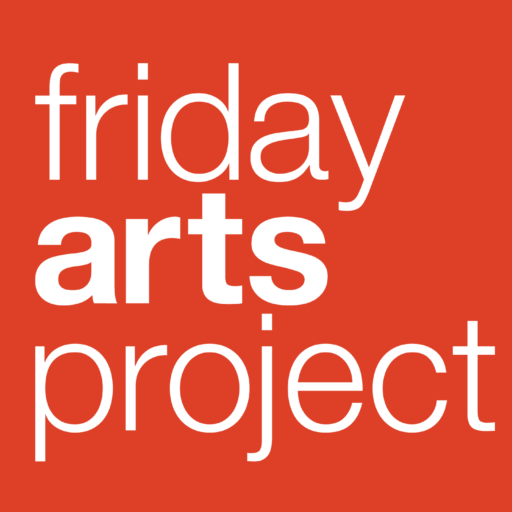 Who’s Afraid of Modern Art? by Daniel Siedell
Who’s Afraid of Modern Art? by Daniel Siedell
Chapter 1: The Ear
From Previous Week:
“Although the world is full of pain, suffering, and doubt, if we allow ourselves to sit still…and look closely enough, we can hear something else, something real – a song.” page 13
Quotes:
“As all the Heavens were a Bell
And Being, but an ear.
–Emily Dickenson
In the Space between hearing and speaking, being judged and judging, we find ourselves in this world nor in some harmony that has already been achieved, but in the midst of a battle of controversies and conflicting interpretations.
–Oswald Bayer” Quoted from page 15
“On a recent visit to New York I went to see The Scream (1895)…by Edvard Munch…the image…has entered our popular visual culture…It hangs in a custom-built display wall…Tourists crowd in front of the little pastel to pose in their version of the famous gesture. It didn’t look like a masterpiece. It looked vulnerable and weak, suffocating amidst the spectacle it had caused, on display in a way it was never intended to be. And I thought of the artist, whose life was indelibly marked by the death of his older sister, Sophia, when he was a boy…And I thought of the disparity between this little picture’s notoriety and the artist’s pain, the spectacle of culture as entertainment and painting as a away for one man to live, or perhaps better put, for one man to remain alive.” page 16
“The little pastel drawing…fetched the highest price ever paid for a work of art at public auction, nearly $120 million…is it worth it? Is any painting worth it…?Modern art is strange and intimidating, and it puts you on the spot. It appears to play by a different set of rules…In an essay, ‘On Painting’, artist Enrique Martinez Celaya writes, ‘a painting often distracts us by what it looks like.’ Is it possible that a painting, of all things, can be more than meets the eye?” page 16
“We are easily impressed with visual displays of power, wealth, and beauty…To listen to a work of art requires a moment of passivity, of receptivity that allows the work of art to be active, to allow it to speak…to make a claim on us. A work of art has agency and to listen to it allows it, as literary critic George Steiner once said, to have the run of our inner chambers. But we like our art – and our religion – visually pleasing. We like it practical, useful, maybe even a little therapeutic. We want to be active, so we can use art and religion for our own purposes – to elevate, empower, and even entertain us.” page 17
Question:
Responses? Is pain expressed in art worth the value we put on it? Is art worth putting a value on?
Quote:
“That Munch said that art comes ‘mostly from pain’ makes us wince. We want art to be uplifting, inspirational, and much of what we get with modern art is angst, pain, and weakness, all of which seems to make of humanity not a little but a lot less than the angels.” pages 19-20



